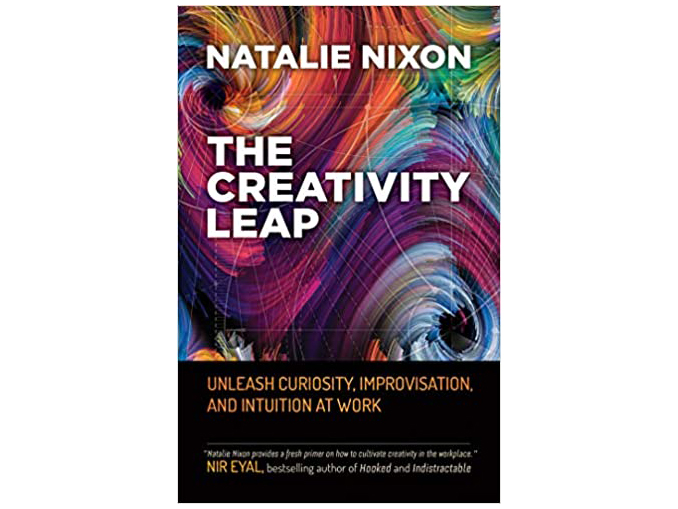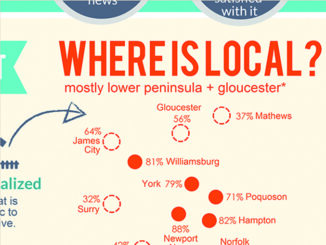The Creativity Leap: Unleash Curiosity, Improvisation, and Intuition at Work by Natalie Nixon, Berett-Koehler Publishers, Inc., 2020
The Creativity Leap: Unleash Curiosity, Improvisation, and Intuition at Work, by Natalie Nixon, is an engaging and uniquely written how-to book focusing on why individuals and organizations need to do a better job of increasing their “creativity quotient.”
In Nixon’s words, “Creativity is the engine for innovation, (but it has) been ghettoized and siloed in the arts,” and that our educational system and the business environment teaches people to dismiss their creative side. As a result, individuals can be led to believe that they are not creative, even though everyone has the capacity for creativity.
The idea for The Creativity Leap stems, initially, from three of Nixon’s different personal experiences. The first—improvisation—is from Nixon’s TEDx-Philadelphia talk on how the future of work mimics jazz. The second—intuition—was a result of her work with start-up entrepreneurs. The third—inquiry—arose when she found Warren Berger’s website, A More Beautiful Question. As she explained, “At some point I realized that a practice of these three domains—improvisation, intuition, and inquiry—offers an accessible way for people to tap into their creativity and increase their creativity quotient.”
Nixon talks about the need to be able to toggle between wonder and rigor for “creativity to thrive” and “how to apply a combination of inquiry, improvisation, and intuition as the tactical means to think through problems and work with others to increase your creativity competency.” She calls this “the 3iCreativity™ model.”
The Creativity Leap tackles why it is important for individuals and organizations to increase their creativity quotient, with individual chapters that provide a greater perspective on improvisation, intuition, and inquiry. Other key topics that are explored are the balance between rigor and wonder, the impact of community and collaboration on creativity, and the importance of “Remix, Repurpose, and Reframe.”
Each chapter leverages a mix of personal stories, real-world examples, documented evidence, and references to explain the concept and provide direction on how to incorporate the principles into your own work. Creativity leap exercises are included at the end of every chapter to help further incorporate creativity into your life and that of your organization.
I also found myself creating a reading list as I read this book. Most chapters reference additional books and resources including The Organized Mind: Thinking Straight in the Age of Information Overload, by Daniel J. Levitin, PhD, and A More Beautiful Question, by Warren Berger (which is on my bookshelf and was previously reviewed in VIEWS).
Interestingly, a few of the chapters explore and expand on topics that have been discussed by QRCA presenters and authors, making the book feel even more relevant to me as a QRCA member. Two examples being Kendall Nash’s presentation on learning to ride a unicycle, and Marc Engel and Pascal Patenaude’s presentation on improvisation. I appreciated the suggested personal exercise at the end of the chapter entitled “Create Like Your Life Depends on It,” which was a recommendation to learn a new hobby to improve your ability to ask questions, improvise, build on mistakes, and leverage your intuition.
Many of this book’s topics resonated with me and my own experiences. For example, Nixon talks about how “the sense of community and the ability to work together toward a common goal are essential to creativity.” As she built on this idea, I reflected on how one of the challenges I faced when I first became an independent researcher was that lack of community. When I worked for a company, I often would speak with my colleagues to find “creative” solutions to research challenges. I missed those interactions until I found a new community among my QRCA colleagues.
After reading this book, I have a list of areas that I know I want to work on in the coming months. First is remembering the importance of both wonder and rigor in our work. Second is the need to ask better questions, not only in the research I conduct, but better questions of myself when preparing my final reports. Third, I need to incorporate improv more frequently. Last, but not least, is to better leverage my community—my project team, colleagues, and friends.





Be the first to comment